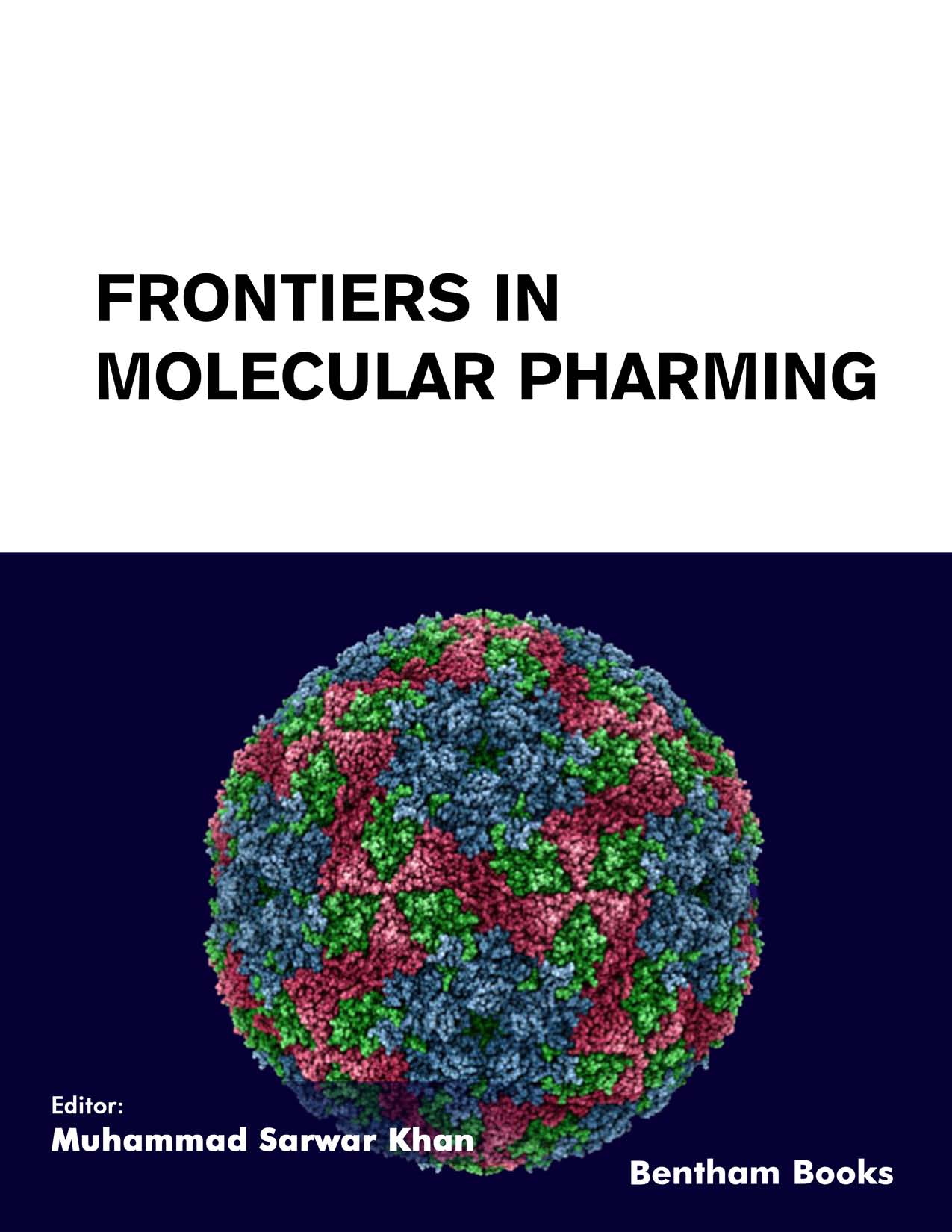Manufacturing pharmaceuticals cost-effectively is one of the items on the wish
list of biochemists and biotechnologists as drug regulatory authority in the USA
has approved large-scale production and clinical trials of drugs developed through
diverse production routes, including viruses, animals, and plants. Several factors
are taken into account while selecting a production system of recombinant
proteins since different expression systems have their own merits and demerits.
The cost of expressed recombinant proteins includes production, processing, and
purification costs. Normally, the production of expressed proteins costs around
70%, whereas purification costs around 30% of the total cost. Molecular pharming
refers to the production of recombinant pharmaceutical proteins using plant
biotechnology. This volume covers an array of topics relevant to structure,
function, regulation, and mechanisms of action, biochemical significance, and
usage of proteins and peptides as biomarkers, therapeutics, and vaccines for
animals and human beings. Further, this book highlights the current progress from
three directions, including system biology – in silico characterization of proteins
and peptides, molecular pharming for animals, and molecular pharming for
humans.
The book, Frontiers in Molecular Pharming, consists of 13 chapters subdivided
into three sections. The chapters in the book are strategically organized to allow
easy reading. Section I (System Biology – in silico Characterization of Proteins
and Peptides) begins with Chapter 1 in which Dr. Rahman and his colleagues very
comprehensively highlight various bioinformatics tools for predicting epitopic
regions and a variety of immunological techniques to monitor the immune
response generated against selected epitopic regions for the development of
vaccines and diagnostics. Dr. Tahir ul Qamar and his colleagues in Chapter 2 have
discussed the recent progress in the emerging field of immunoinformatics and its
role in vaccine development. Dr. Ali explains the computational toolbox and its
use in determining protein stability and analysis to improve thermostability in
Chapter 3. In Chapter 4, Dr. Chen and her colleagues suggest how an evolving
approach to Pan-proteomics is complementing our understanding of the functional
complexity of emerging and highly virulent pathogens and their resistance
development against drugs. Further, in Chapter 5, Drs. Haider and Niazi briefly
overview the computational methods to predict the biological roles of peptides
and proteins for medical or industrial applications.
Section II (Molecular Pharming for Human Beings) consists of six chapters, i.e.,
Chapters 6 through 11. In Chapter 6, Dr. Khan and his team members explain comprehensively how diverse expression systems could be used to costeffectively
develop recombinant pharmaceuticals and their application to control
diseases in animals and human beings. Dr. Ahmad and his team provide a
snapshot of different expression systems and argue that the plant-based expression
system is highly commercially feasible not only for the production of high-value
targets but also to address global challenges like COVID-19 in Chapter 7. In
Chapter 8, Drs. Mangena and Mkhize explain the role of antibody cross-reactivity
and specificity concerning basic principles, challenges, and detection for rapid
and reliable assessment in Fusarium pathogens. Dr. Waheed and his team in
Chapter 9 and Dr. Rashid and her team in Chapter10 have discussed how the
requisition of plant-based medicine is increasing day-by-day with its perspective
to human diseases, and several advantages owing to United Nations’ sustainable
development goals (SDGs). Dr. Qasim and his colleagues in Chapter 11 explain
the importance of proteins and peptides as biomarkers for the diagnosis of
cardiovascular diseases to improve the risk prediction at the population level.
Further, the authors explore how new technologies and innovations can be applied
to advance the science of vaccine-associated biomarkers.
Section III (Molecular Pharming for Animals) consists of two chapters. In
Chapter 12, Dr. Aqib and his colleagues highlight the history and recent trends in
veterinary pharmaceuticals and vaccines. They further discuss the nutraceutical
potential of animal products as one of the fascinating areas of research with
considerable anti-microbial, anti-cancer, anti-inflammatory, anti-diabetic, and
neuroprotective functions. Dr. Khan and his team in Chapter 13 highlight the
importance of plant-based gene expression systems that have been exploited as
bioreactors for the cost-effective production of pharmaceuticals, predominantly
for the expression and accumulation of antigenic proteins, to be used as vaccines
for livestock and poultry. Further, they have discussed various types of vaccines
keeping in view diseases like Infectious Bursal Disease (IBD), New Castle
Disease (ND), and Foot and Mouth Disease (FMD).
Molecular farming is progressively reaching the stage of being considered as an
economical alternative to established systems for the production of
pharmaceuticals. Thus, this volume serves as a treasured resource for students and
professionals of molecular biology, biotechnology, medicinal chemistry, and
organic chemistry.
Muhammad Sarwar Khan
Centre of Agricultural Biochemistry and
Biotechnology (CABB)
University of Agriculture
Faisalabad
Pakistan

